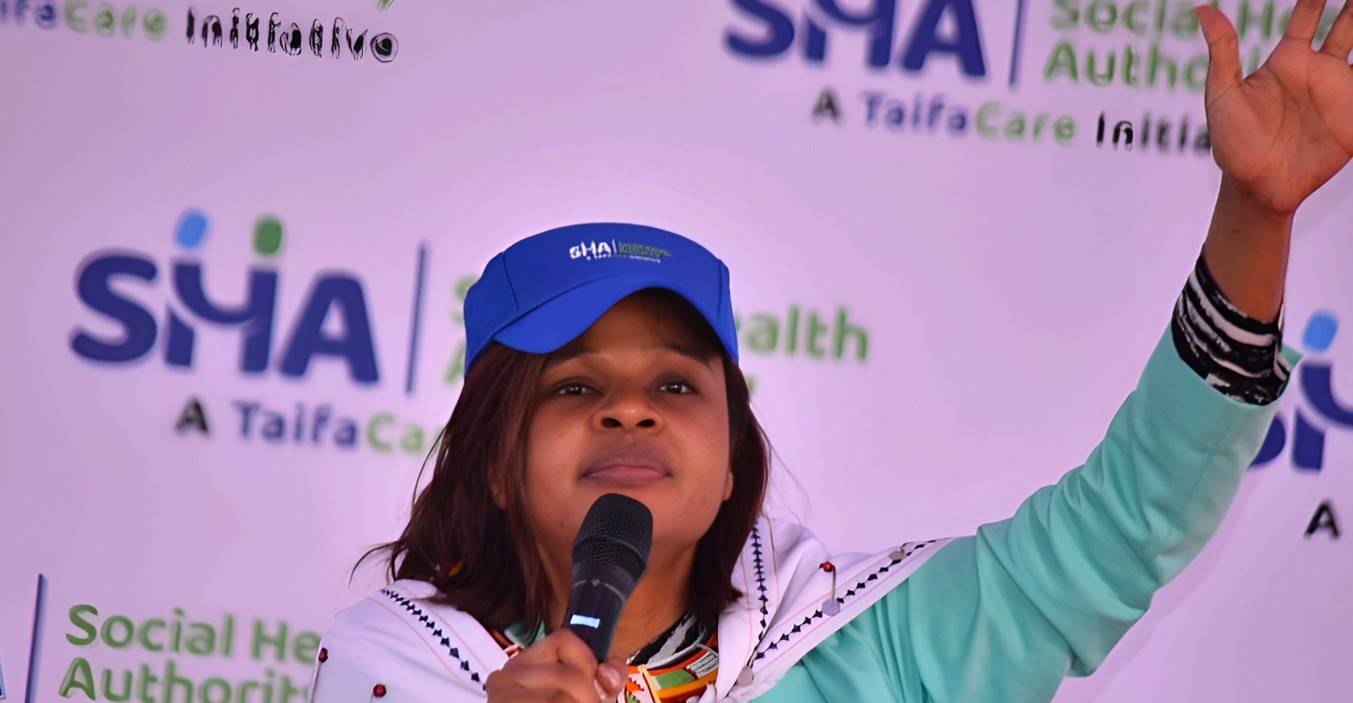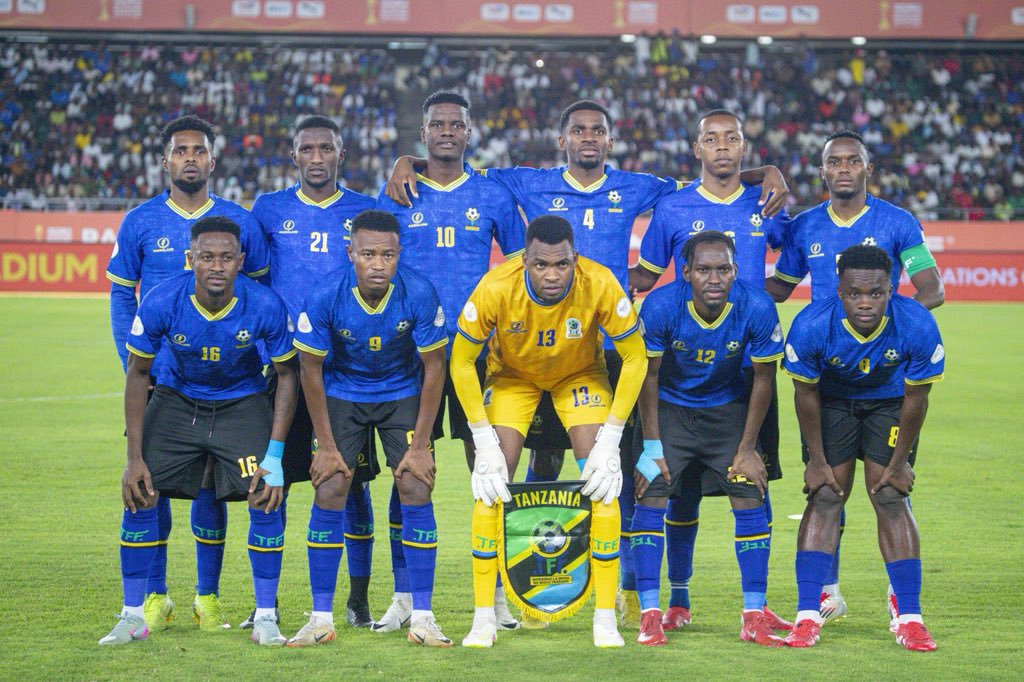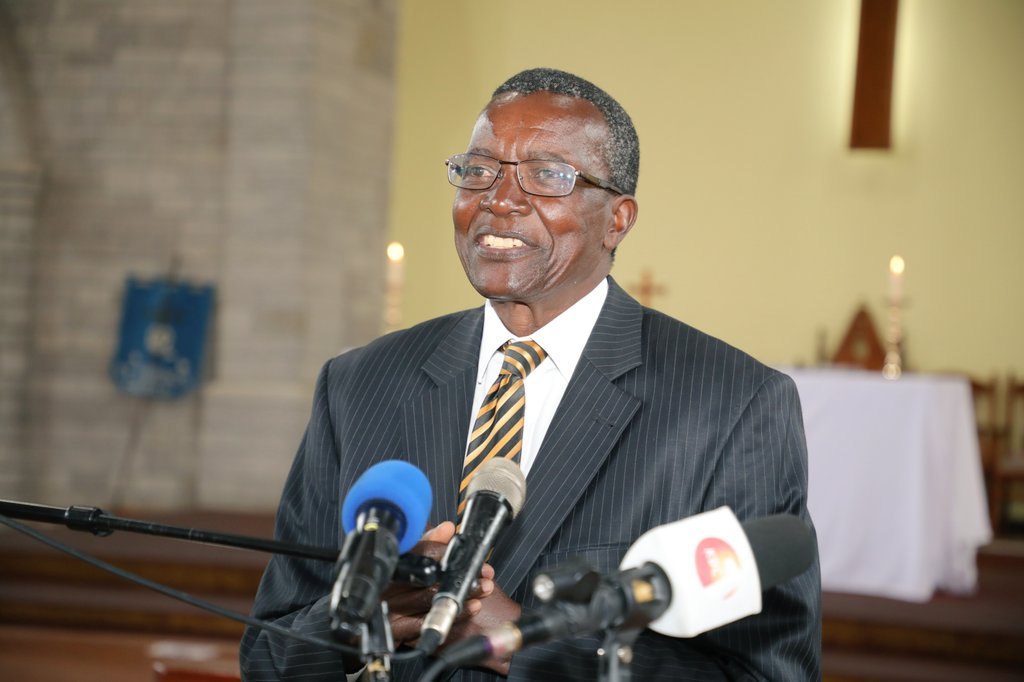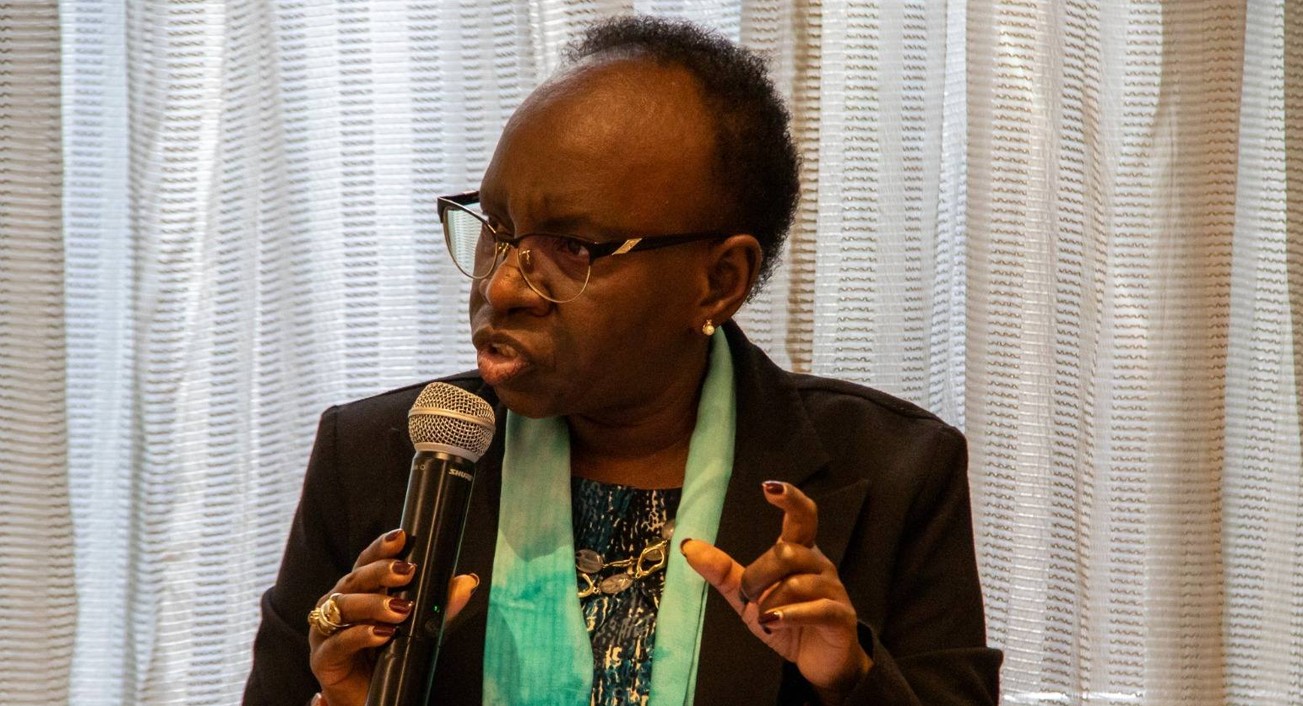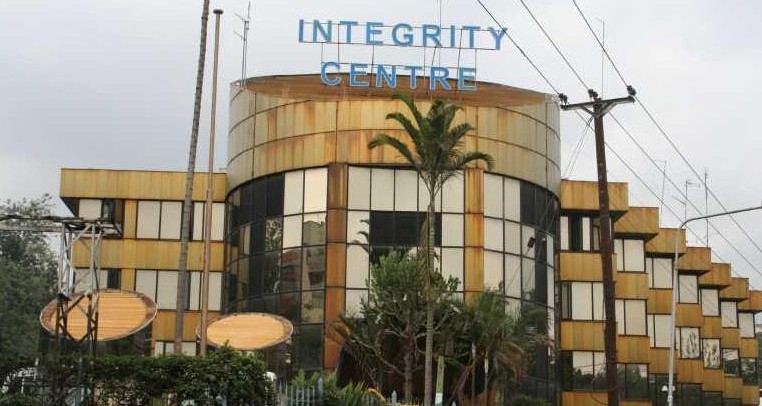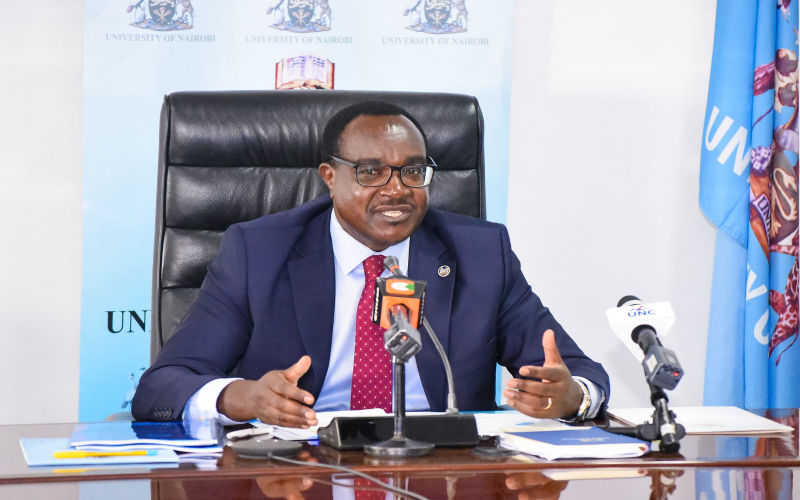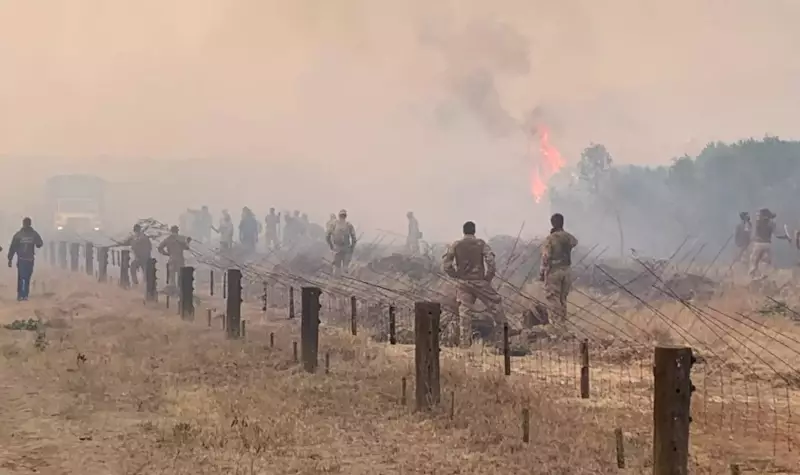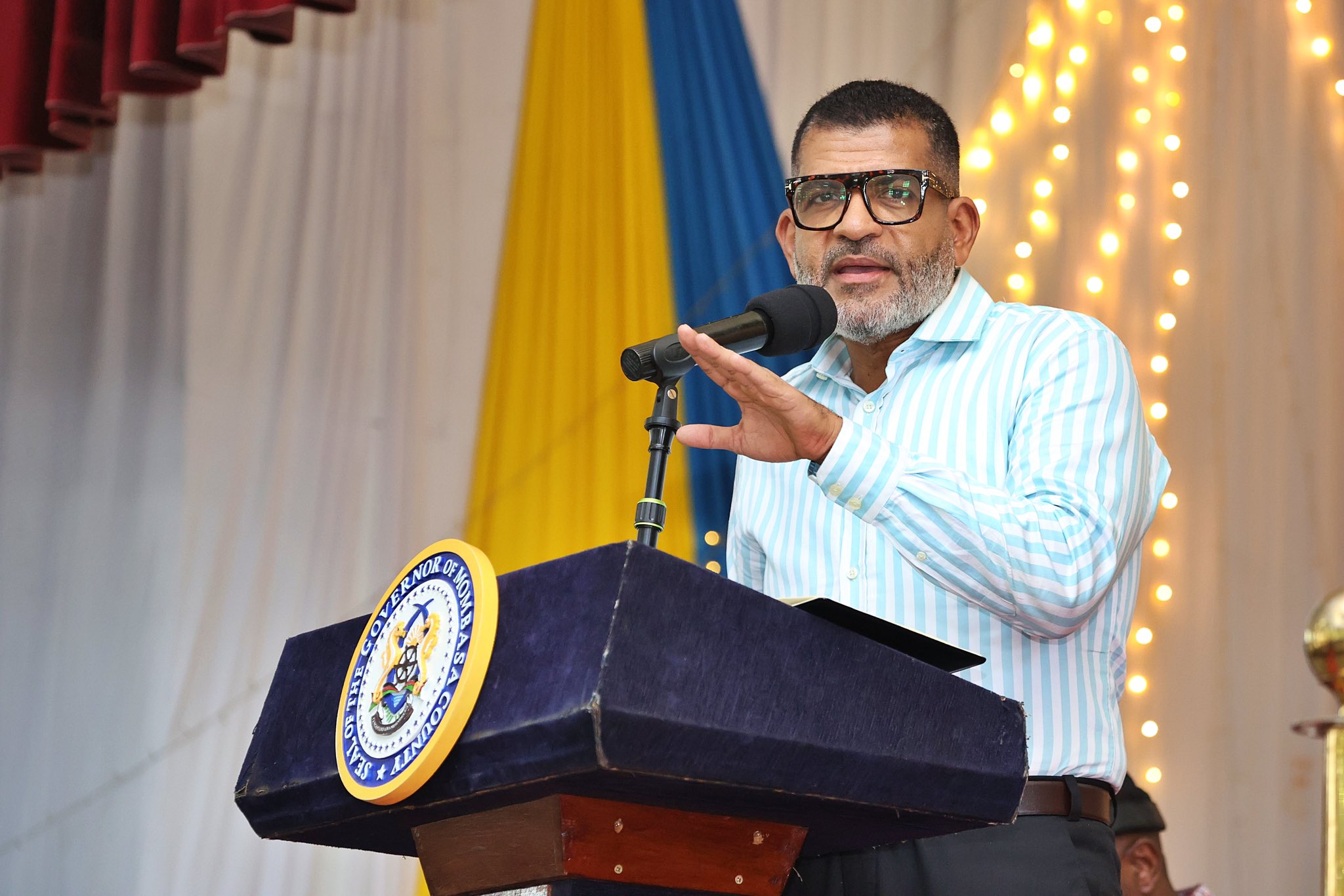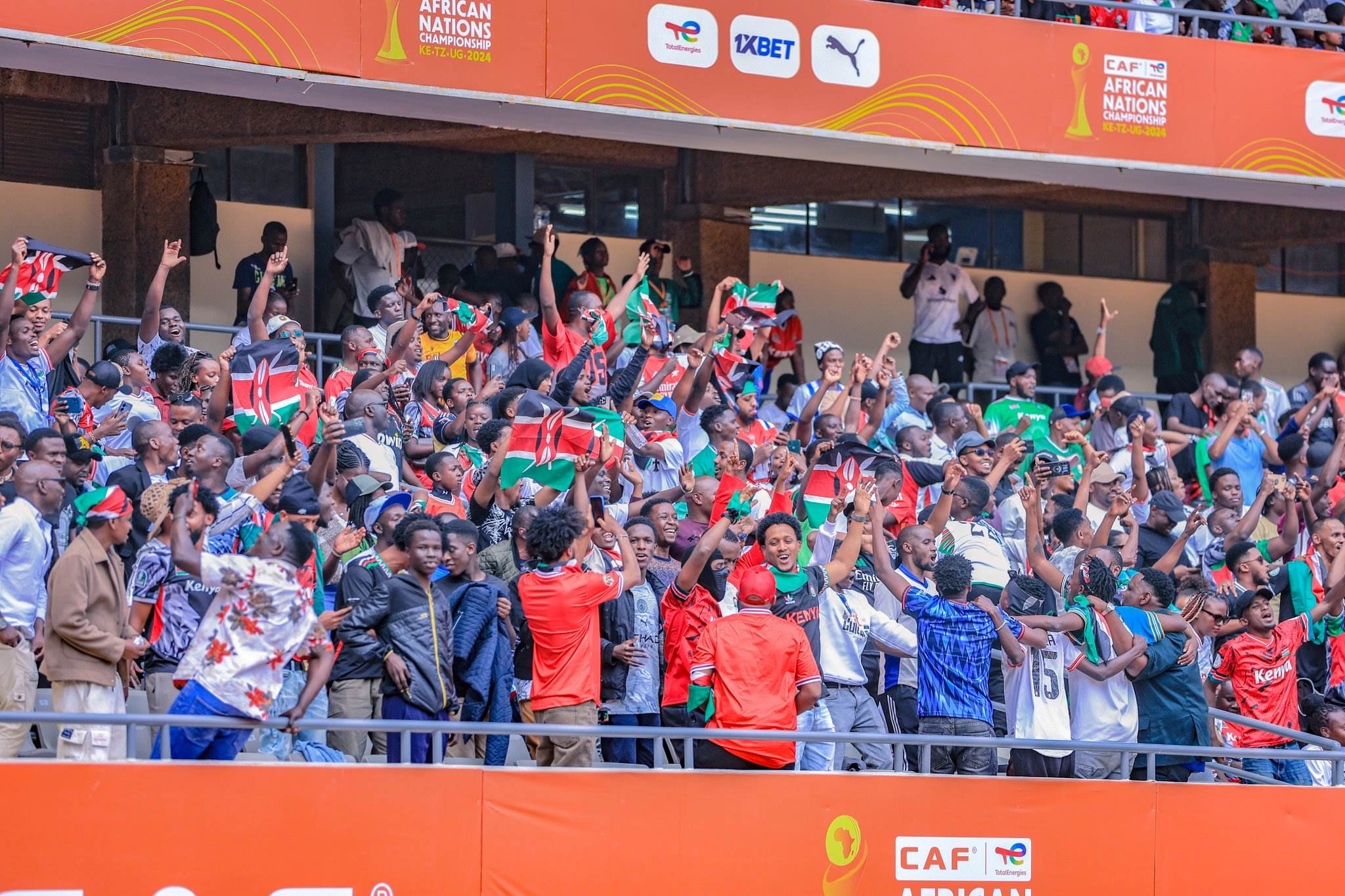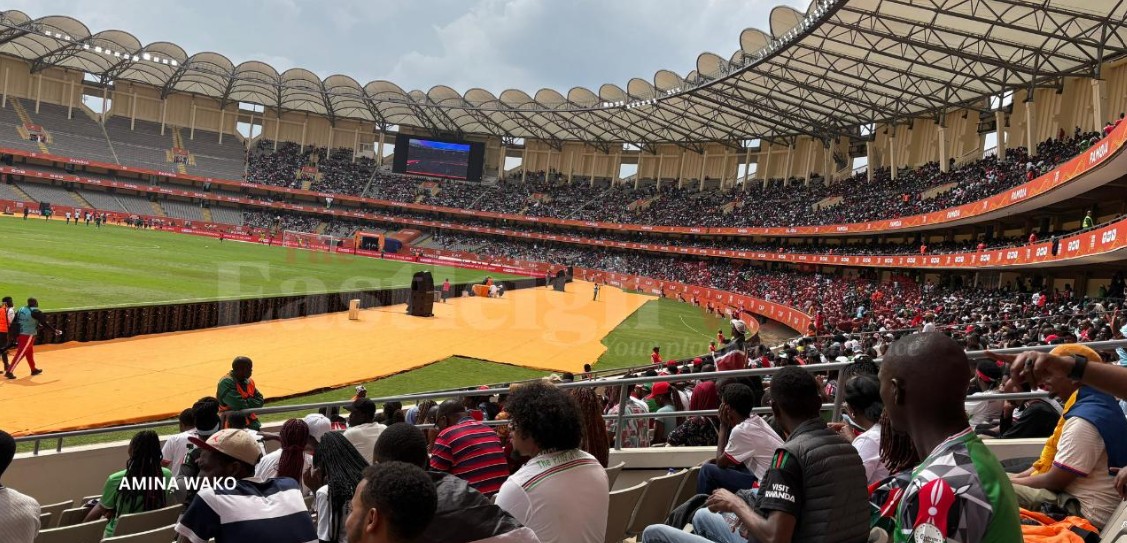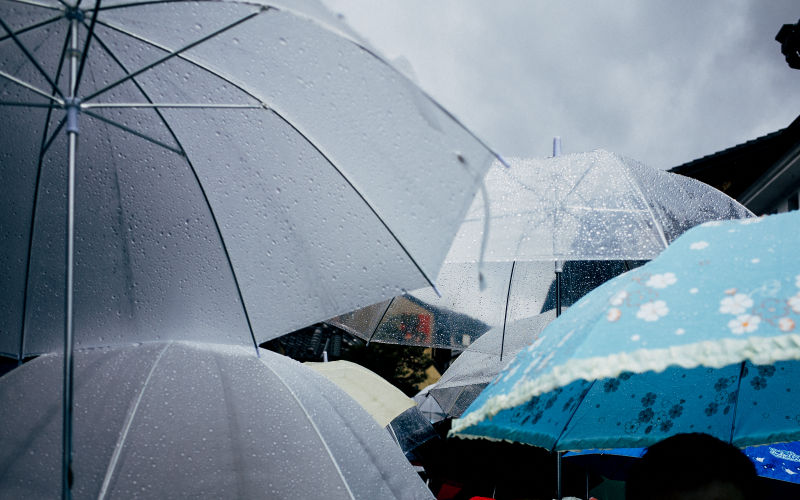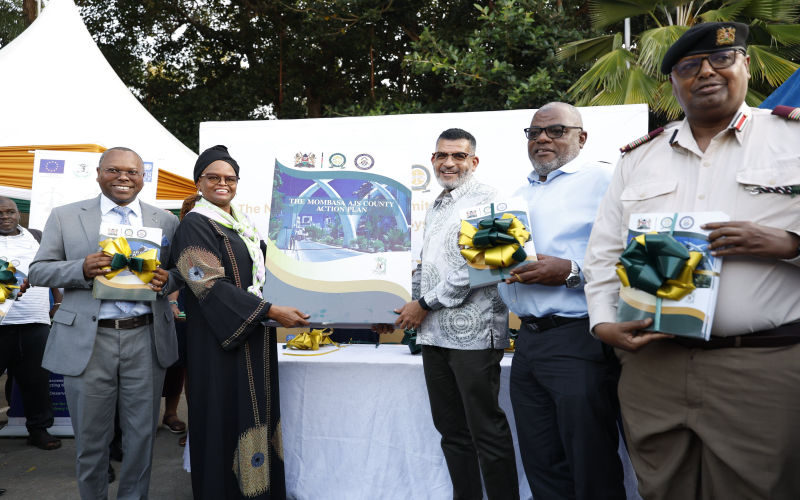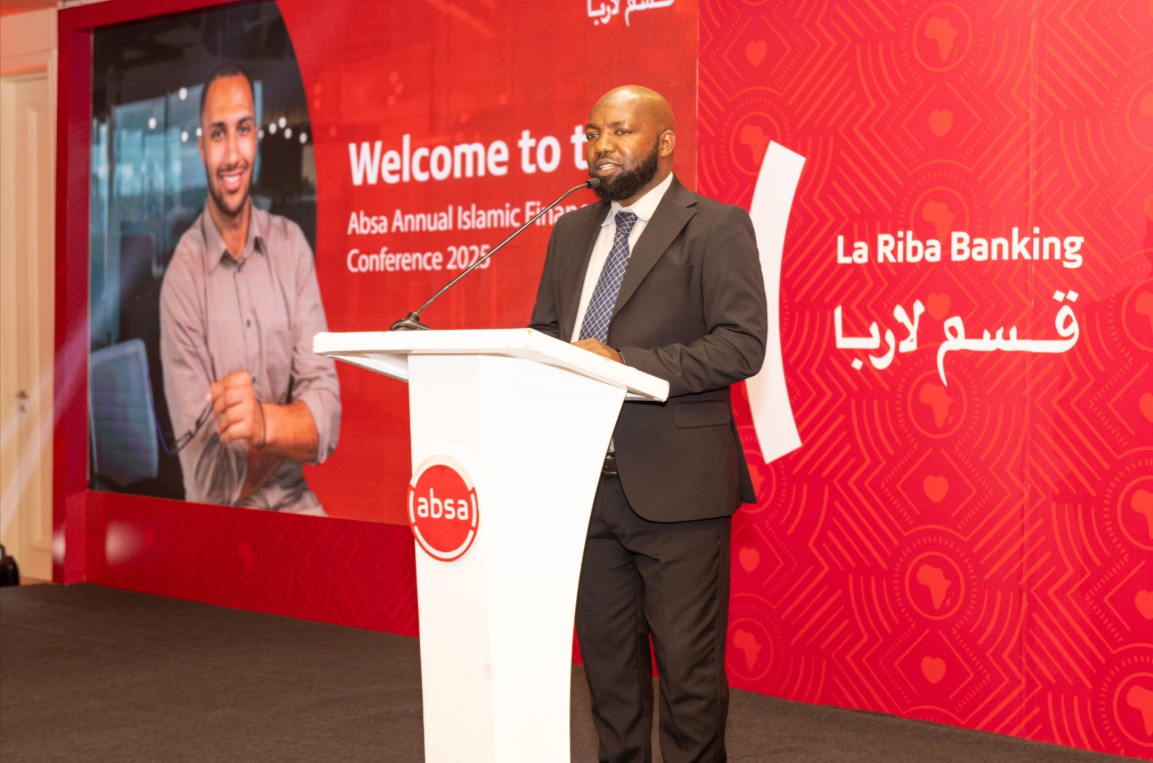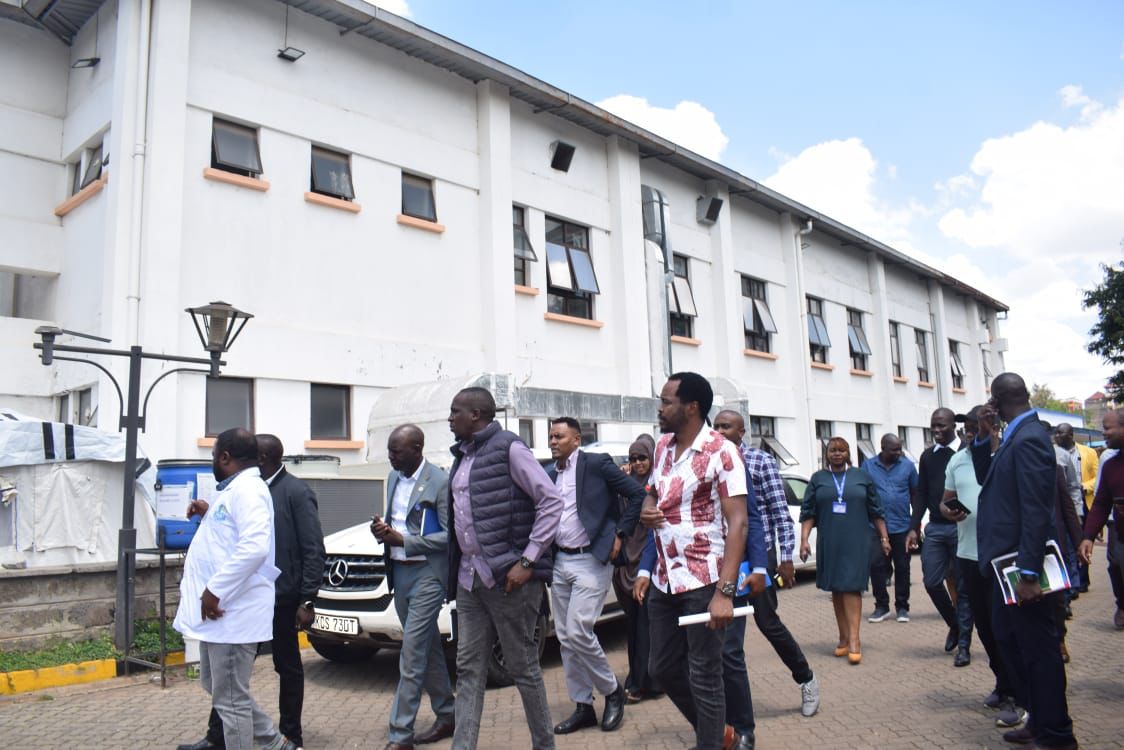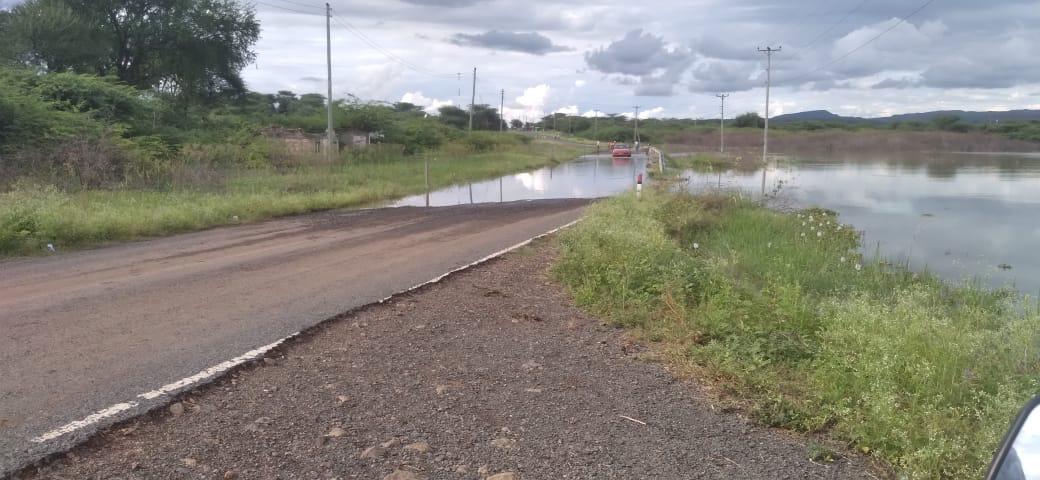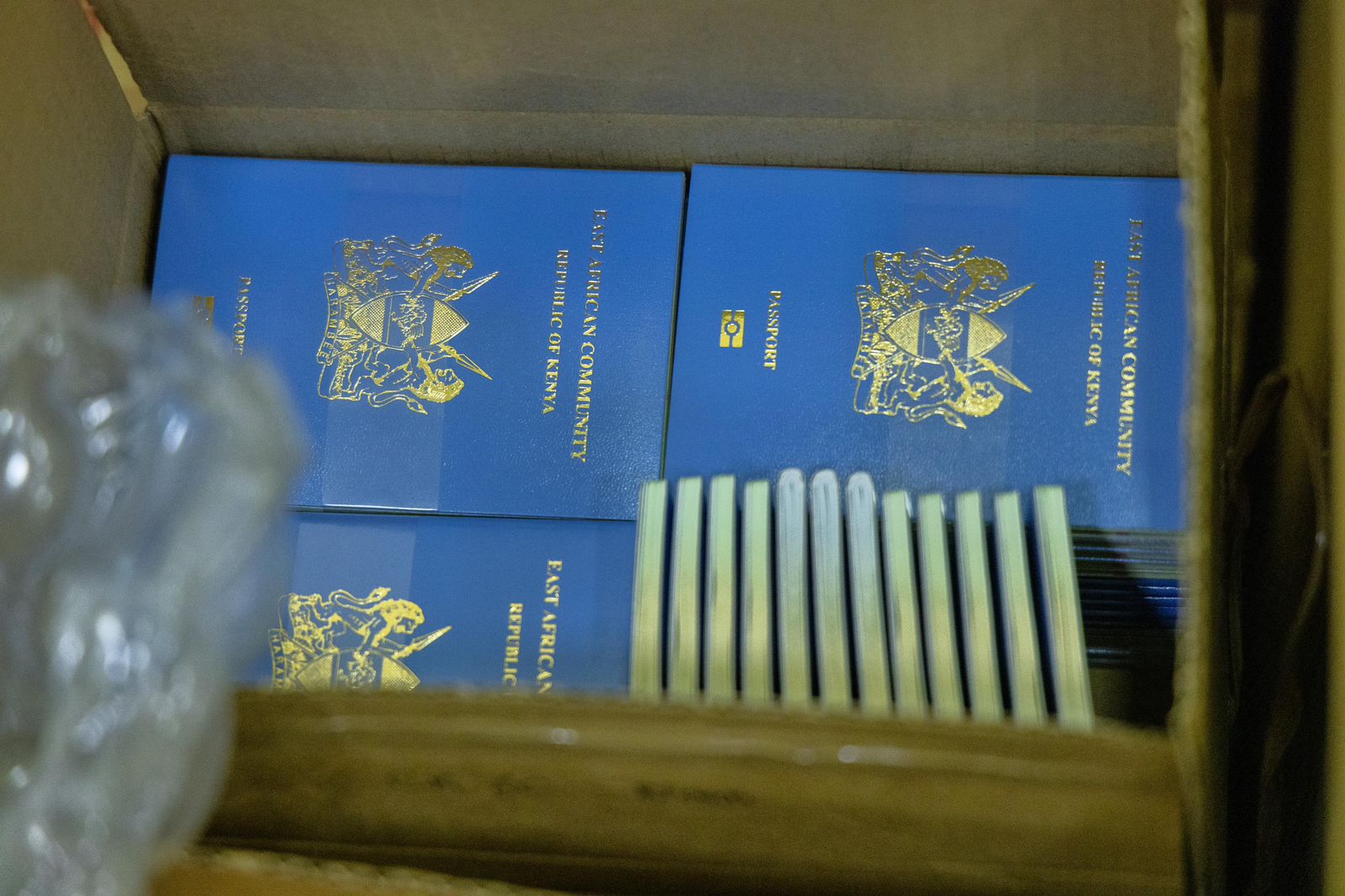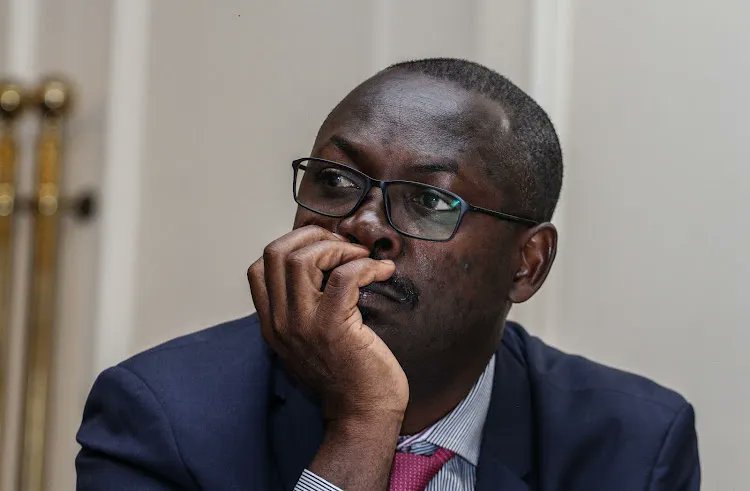Education gap persists as millions of African girls out of school

Girls from marginalised communities, including those living in rural areas or poverty, face compounded barriers such as limited access to schools, early pregnancies, and lack of adequate resources.
Education, often hailed as the great equaliser, remains a distant dream for far too many girls across Africa.
Recent research by ActionAid dubbed Transforming Education Financing in Africa: A Strategic Agenda for the African Union Year of Education, has unearthed the harsh reality.
More To Read
- Bill proposes wealth declarations for school bursars and their families
- Somalia’s education crisis: Why so few children attend school and what could be done to change that
- MoE reshuffles county education directors in latest shake-up
- Sh540 million loss: Auditor General Nancy Gathungu exposes irregularities in book distribution
- Only four in 10 Grade 4 pupils can read Grade 3 English story, report shows
- Kilifi religious leaders unite to tackle early marriage and gender inequality in bold new campaign
According to the report released on February 13, 18.8 million girls are out of school in the continent.
Despite efforts to bridge the gender gap in education, numerous barriers continue to hinder girls' access to schooling.
Girls from marginalised communities, including those living in rural areas or poverty, face compounded barriers such as limited access to schools, early pregnancies, and lack of adequate resources.
Fatuma (not her real name) from Marsabit County, found herself unexpectedly pregnant at the tender age of 15.
Raised in a community where early marriages were common due to gender inequality and limited financial resources, she faced significant challenges growing up.
"I always dreamt of becoming a teacher in our area. Those days teachers were very few and the only way I could inspire my siblings was to become one," she says.
Fatuma's family, like many in their neighbourhood, swayed on the edge of poverty. As pastoralists, her parents worked tirelessly to make ends meet.
However, their meagre income scarcely covered necessities such as food, clothing, and shelter.
"It was difficult for my parents to afford both food and school fees for my five siblings and me. Often, my elder brother and I had to share the opportunity to attend school. In those times, boys were prioritised in education," she said.
"In the pursuit of knowledge, I fell into a man's trap. He promised to pay my school fees but instead tricked me into becoming a mother," she says.
Now 28 and a mother of two, she notes how the stigma and shame of being pregnant as a young woman overwhelmed her. Fearing judgment, she made the heartbreaking decision of dropping out of school, sacrificing her dreams in the process.
Stripped off her chance to complete her studies and pursue her aspirations, she found herself thrust into adulthood prematurely, grappling with the responsibilities of motherhood without support and guidance.
The Kenya Demographic and Health Survey (KDHS) 2022 report released by the Kenya National Bureau of Statistics says Kenya has been making progress in reducing the national prevalence of FGM, teenage pregnancy, and gender-based violence.
However, wide variations still exist according to wealth, geographic location and education.
The household-based survey showed that teenage pregnancy rates declined to 15 per cent in 2022, from 18 per cent in 2014.
Poverty and a lack of education were associated with higher rates of adolescent pregnancy, as about four in ten women aged between 15 and 19 who have no education have ever been pregnant, compared to only five per cent of women who have more than secondary education.
The report also indicated that adolescent pregnancies were more likely to occur among poor communities, as 21 per cent of women aged 15-19 in the lowest wealth quantile reported to have been pregnant, as compared to eight per cent in the highest wealth quantile.
The highest rates of teen pregnancy were recorded in the counties of Samburu at 50 per cent, West Pokot at 36 per cent Marsabit at 29 per cent and Narok at 28 per cent. Nyeri and Nyandarua counties reported the lowest rates at five per cent each.
ActionAid International says the main drivers of education disparities in Africa are still gender, disabilities, household income, parental education, location, ethnicity, and migrant and refugee status.
It says school completion and progression rates are lower for girls, particularly from poorer communities and rural areas, and the quality of education and learning still leaves a lot to be desired.
The organisation noted that school costs still represent an insurmountable barrier that denies millions of children their right to education.
Additionally, it says 44 million primary and secondary teachers are needed globally to meet Sustainable Development Goal (SDG) 4, and the largest need is in Africa.
Further, to achieve universal primary and secondary education by 2030, Africa needs to recruit and effectively train 17 million teachers, ensuring their decent working conditions and salaries.
"Consequently, if African countries are to achieve the continental education strategy (CESA) and SDG 4, a significant increase in education investment is necessary," reads the report.
In a meeting with the Kenya Pastoralist Parliamentary Group (PPG) last year, Education Cabinet Secretary Ezekiel Machogu established the National Council for Nomadic Education in Kenya (NACONEK) to provide structures and support education in all Arid and Semi-Arid Areas (ASAL) and marginalised areas.
He said the Government was committed to addressing problems hindering access to equitable quality education by children in ASALs in the country.
"The Government is exploring ways of providing opportunities for prospective teachers from the area, to train and deploy them to the region to address the severe teacher shortage," Machogu said.
Top Stories Today
